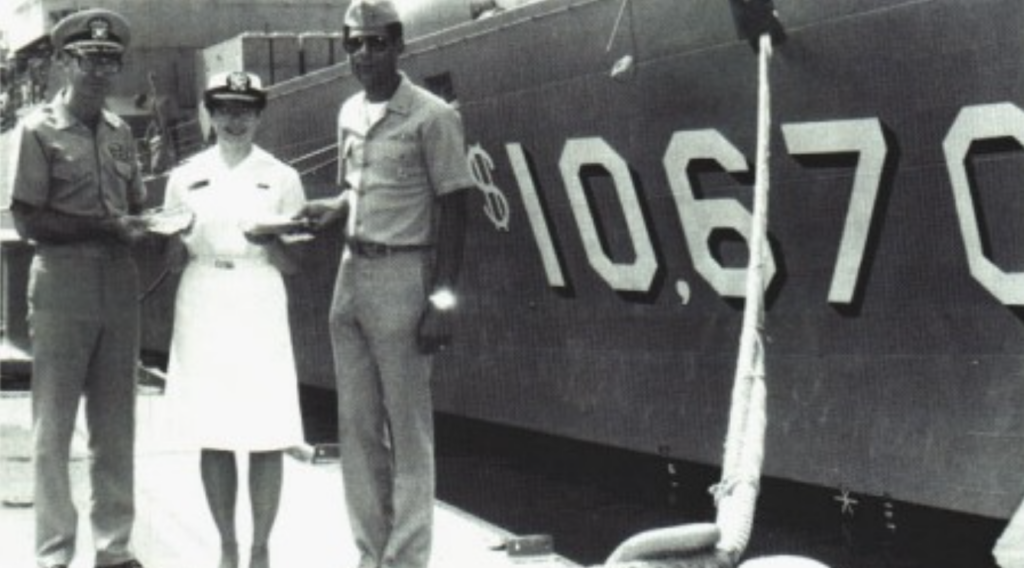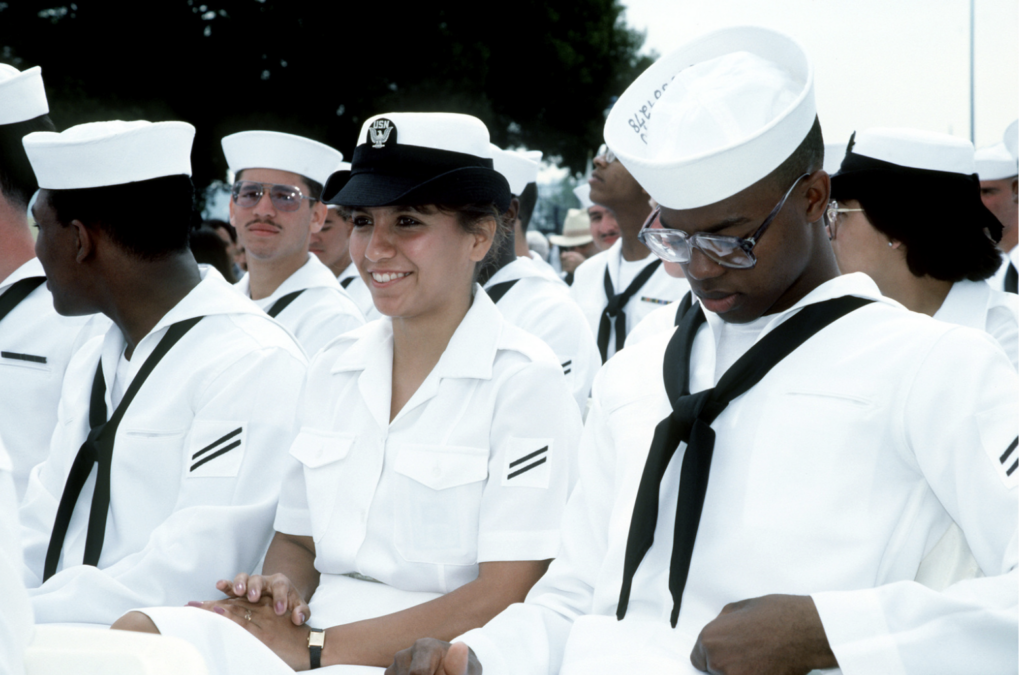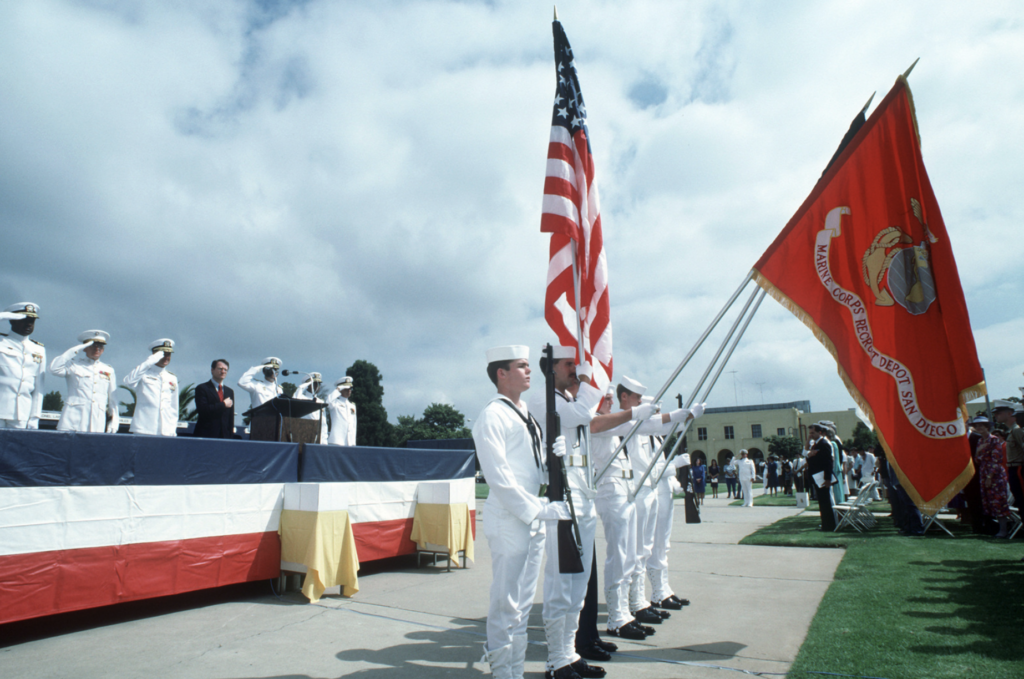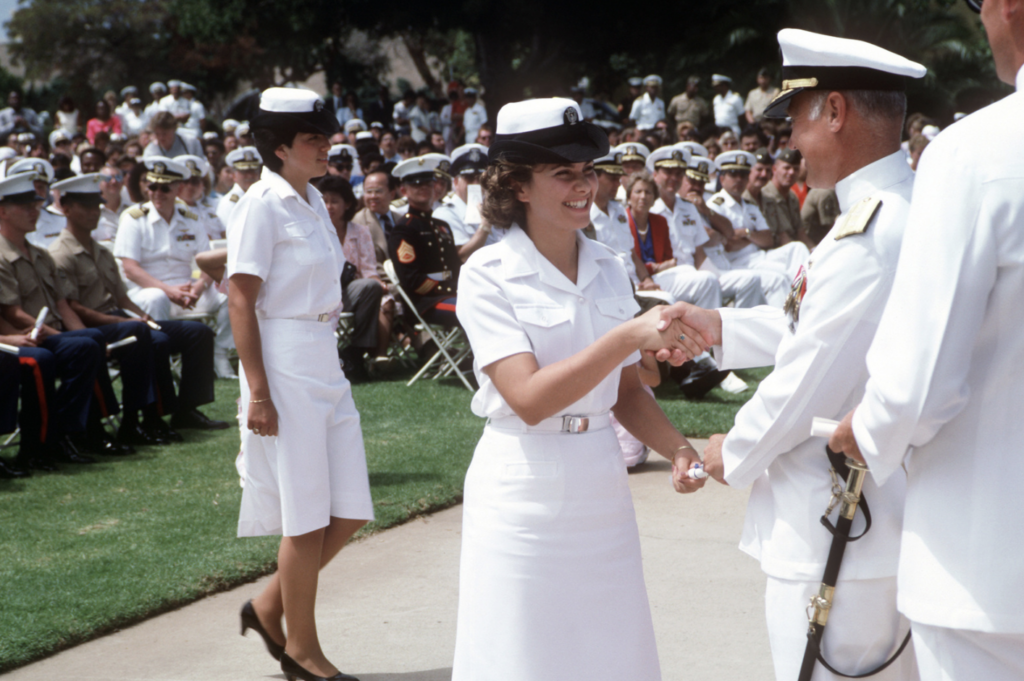Born in Hong Kong in ’67, while the war in Nam was still brewing and napalm violently burning, I knew all along I was destined to roam the seas, free as a playful sea lion. When I was four-years old and having a ball of my life in this bustling urbanity, I remember vividly the night my mother woke me and my sister as if our lives were suddenly on the brink. Our bags were secretly packed and we sneaked out in the dead of night, out of the flat that since my birthplace, we knew as home. My father was somewhere around, sound asleep, unbeknownst of our clever escape strategy as we were also unaware of the hazy horizons that lay eerily ahead.
For the first time, I had got to know an American, who became my Dad and we pulled anchor at the wink of dawn. We had a rough journey running into Typhoon Harriet. The seas were so rough, the kids had to be tied down inside the cabin and water kept on coming inside and soaking everything.
Our first destination to be followed by a string of remote, exotic locations was Manilla and this is the city where I thrilled the shores and chased the gulls and was graciously presented a name that stuck with me to this day.
Born Tong Chit Tat (Tong was my biological father’s last name), my American step-father father preferred for me to have a name he could pronounce. So he dropped the ‘t’ from my first name and changed it to ‘Chita,’ like the Japanese single-grain whiskey. But the local Filipinos would not let us get away with such blatant gender violations. “Names ending in ‘a’ are feminine and with ‘o’ masculine, ” they insisted. So from then on, the ‘a’ was dropped and the ‘o’ was added, and the hot crunchy cheese snacks have stuck ever since.
After sailing uninhibited throughout Southeast Asia to the likes of Indonesia, Thailand, Malaysia, to the most remote reaches and white crystal beaches in the Asiatic Archipelagos, we finally set anchor in the port that would become our home for five seemingly endless years — the Lion City of Singapura.
Then when I was 12, a waderlust pre-teen, spoiled by the unstructured, unschooled lifestyle inside a global classroom, my family decided we had reached our fill with our lifebound-journey–we shipped the boat to the mother land and purchased a one-way ticket to our new-found home, reaching foreign shores with fresh perspectives, new hopes abound.
But we were sad to let go — we loved this city, the food, the friends, the culture — every single and social bit of it. And we were sad, outrightly downtrodden, when we had to reluctantly wave goodbye to the only thing that I clinged to in my life.
With all the excitement and adventure, you would think we would settle down in a major metropolis with beaucoup arts and culture and high societies somewhere along the eastern seaboard or California shoreline.
To my dismay, we rested our travel-weary bones in a quaint, backyard town of Darien, Georgia — population 2,500, where we learned to live slow and enjoy the tranquil Golden Isles sunset slipping away along the saltwater marshline, and we sadly vowed never to sail the high seas by line or lever ever again.
This tiny waterfront oasis was where I was given a rude awakening to the grave racial divide in this country. In 1981, I was shocked to come face-to-face with a dozen hooded Klansmen, wearing conical-shaped hats, eyes that portrayed a wicked face of hate. Mysterious men with thick biceps welding pick-axe bats, the gathering throng terrified as the hooded beasts pushed through downtown Darien to protest a bitter feud between the only two (equally-represented) social classes that existed within the four corners of our classrooms, snugly, albeit tumultuous like thundercloud and sky.
We loved our country and my mother, my sister, Pearl, and I became proud, naturalized citizens and upon graduation from high school, I decided to break our family promise of dismissing the seas so that I could give something back for the country that gave me some hope.
I had aspirations for bigger and better things to lift me out of the forsaken grips of rural Georgia known for its shrimp boats dragging gigantic nets under long trawl arms. I wanted to join the Navy because it was my only recourse and this quest became instinctual, rather natural, after being raised along the high seas and growing up deck and dawn onboard a 40-foot yawl for most of my childhood existence, I was naturally drawn to the sanctuary of the ocean and its calmy, balmy, eerie solitude.
The cool Atlantic breeze blew over the spartinas overlooking the Darien River when I caught a bus to the Military Entrance Processing Station (MEPS) in Jacksonville, FL to swear in. It was May 13, 1984, I had just turned a day over 17 and could now take an oath for my country (with parental consent of course.)
I applied to the BOOST (Broadened Opportunities for Officer Selection and Training) program as well as nuclear power, more colloquially known as Nuke.
Because the small town of Darien did not afford me the pre-college curriculum that I so desperately needed, I was turned down for both programs.
I attended boot camp in frigid Great Lakes where the snow rose over our knee caps and our uniforms froze to our bellies. I then attended Operations Specialist ‘A’ School in Dam Neck, VA. Upon graduation, I was assigned to USS Francis Hammond (FF-1067) forward deployed in Yokosuka, Japan. It was a perfect duty station. I had a chance to visit with my grandma, my sister and my cousins.
And it was from an opportune port visit in December 1986 in Hong Kong that I got to visit my father for the very first time since I was four. Inside his low-budget hotel in the Chung King Mansions, we embraced as if it was our very first time and talked as if it would be our last conversation that we would know. We bawled our eyes out and cried like doom and death looming, and he asked me about the night that we slipped away never to be seen or heard again for a seeming eternity.
It was a tear-jerker and too emotional for the likes of a budding, 18-year old Sailor who wanted to spread out and stretch his wings. We said our hurried good-byes as the ship was preparing to weigh anchor hoping to unite again, and not having to wait another 14 years to do so, but knowing deep inside that the days were numbered and there would be more port visits in other distant lands between here and then.
After the Hong Kong visit, OI division assigned me to eight weeks of mess cranking duties, cleaning up and serving meals, the grungy job that everyone enlisted E-4 and below had to do.
Probably due to the fact that I kept the Chiefs fat and happy, I got a good recommendation from the Command Master Chief and submitted another package for the BOOST program.
We then headed to the Middle East where we conducted escort operations in the Gulf of Oman. Due to the intensification of the Iran and Iraq War, both sides had increasingly targeted civilian shipping through the Strait of Hormuz in order to diminish the other side’s oil revenues and prevent war material from reaching them. To prevent further recurrences of this behavior, the Navy increased the number of ships on patrol in the Gulf of Oman, as well as its escorts of merchant vessels.

Upon our return to Yokosuka in April 1986, I learned that I was finally accepted to the BOOST program. As part of my farewell celebration, my buddies took me out on a night of drinking, and I mindlessly broke my thumb sliding down a bannister in the E Club. I arrived to BOOST with my arm in a cast and my shipmates didn’t think I would make it. That’s because BOOST required a lot of physical fitness – running 3+ miles, 20 pull ups, 100 sit ups which was challenging to do with four good limbs.
I remember the first time we came into formation on Preble Field also known as the grinder. The Drill Sergeants couldn’t believe we didn’t know how to march. It was a long battle, but we bumbled along and eventually picked up the cadence.
This wasn’t the most challenging part of BOOST. There was lots of studying – six classes a day over the next nine months. We started with algebra then geometry, trigonometry then pre-calculus. We studied chemistry and physics. And we took college prep english boosting our vocabulary and research writing skills.
The instruction was provided under contract by the San Diego Community College District with 25 faculty members, half having PhDs. We also had former military members provide tutoring such as Admiral Dietzen, a distinguished WW II vet.
Since the majority of the student body were minorities, most were not provided college-level curriculum in high school. BOOST was here to bridge the gap so we would succeed in college or the Naval Academy. My favorite advisor was Ada Hunt who cared about all 300+ of us students as if we were her own children. She would always stay late to answer any questions we may have so we could succeed, graduate and hopefully gain our commission.
But sadly, BOOST was established to have an attrition rate of 33%. Who can forget the first time we all gathered in the auditorium.
“Look to the left, Look to your right. One of you three will likely not be here next year.” This was honest and crude, but the statement was so true.
With our location in sunny SOCAL, there were lots of extra curriccular diversions, but we obviously didn’t have much free time to partake in the fun and festivities. There was lots of home work and studying, even on weekends, and the quiet and peaceful living in the barracks and the substantial chow at the Marine Corps Recruit Depot next door kept us happy and satisfied. Since the Naval Training Center was located right next to the San Diego Airport, there was aircraft noise all the time, but we persevered.
I’ve never worked out so much in my life. We were at the best shape of our lives and we would be forever changed.
Graduating from BOOST was the best thing that has ever happened to me. If it wasn’t for BOOST, I would surely have never have received my commission and my Naval career would have never been the same.
Thanks to BOOST, I received a five-year scholarship to the University of Florida (Go Gators!) The academics that BOOST provided gave me a leg up over my classmates who come straight from high school. I labored and toiled through an arduous Engineering curriculum from and in 92 was commissioned a surface warfare officer, yearning to explore the high seas.

In 1994, BOOST moved from San Diego to Newport, RI., to collaborate with the Seaman to Admiral program. And in 2008, I was dismayed to hear that BOOST would cease to exist.

Plenty of academically-deprived Sailors like me would not be given the opportunity like we were in the 80s, 90s and into the 21st century
The Seaman to Admiral program is distinctive but it’s way more selective and is not an affirmative action program needed to bridge the gap between minority recruiting goals and the number of high school seniors who are qualified to enter the NROTC program or the Naval Academy.

Photography by PH2 Mike Flynn, US Navy